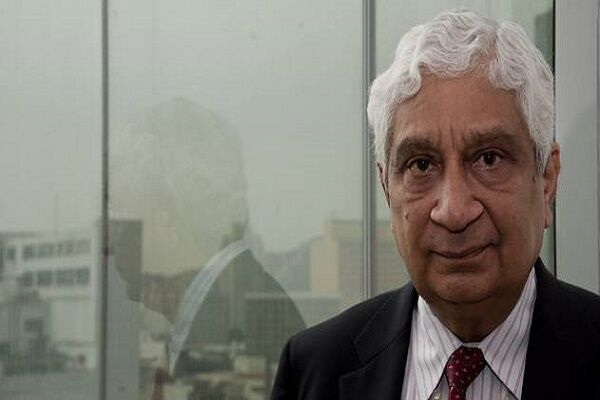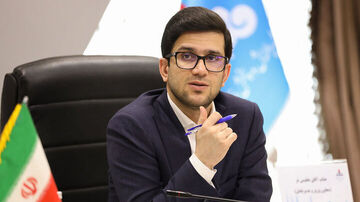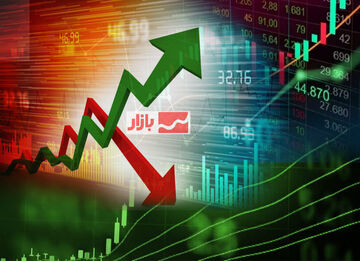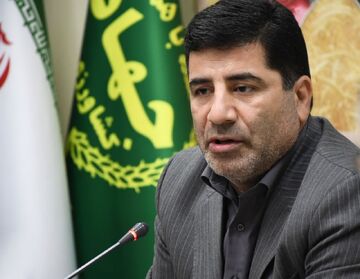TEHRAN(Bazaar) – “Resurgent Asia, Diversity in Development” is a book written by Deepak Nayyar and published by Oxford University Press.
Gunnar Myrdal published his magnum opus Asian Drama, in 1968, to conclude that Asia's development prospects were gloomy. Since then, contrary to Myrdal's expectations Asia has been transformed beyond recognition, the development of nations and living standards of people revolutionized. These transformations have been uneven across countries and unequal among people. Yet, Asia's economic progress in this short timespan has been remarkable and almost unprecedented in history.
Following is the text of the interview with Professor Deepak Nayyar about this book:
Deepak Nayyar is Emeritus Professor of Economics at Jawaharlal Nehru University, New Delhi, and an Honorary Fellow of Balliol College, Oxford. He was previously Distinguished University Professor of Economics at the New School for Social Research, New York and taught at the University of Oxford, the University of Sussex, and the Indian Institute of Management, Calcutta. He served as Vice Chancellor of the University of Delhi, and as Chief Economic Adviser to the Government of India. He has published widely in academic journals. His books include Asian Transformation: An Inquiry into the Development of Nations, and Catch Up: Developing Countries in the World Economy, both Oxford University Press.
Bazaar: What has been your main question in this book? What Hypothesis did you use to answer this question? What is your central argument?
Nayyar: RESURGENT ASIA analyses the phenomenal transformation of Asia which would have been difficult to imagine, let alone predict, fifty years ago, when Gunnar Myrdal published Asian Drama. In doing so, it provides an analytical narrative of this remarkable story of economic development, situated in its wider context of historical, political and social factors, and an economic analysis of the underlying factors, with a focus on critical issues in the process of, and outcomes in, development.

In 1970, Asia was the poorest continent in the world, marginal except for its large population. By 2016, it accounted for three-tenths of world income, two-fifths of world manufacturing, and one-third of world trade, while its income per capita converged towards the world average. However, this transformation was associated with unequal outcomes across countries and between people. The analysis disaggregates Asia into its four constituent sub-regions – East, Southeast, South and West – and further into fourteen countries – China, India, South Korea, Indonesia, Turkey, Taiwan, Thailand, Philippines, Malaysia, Singapore, Pakistan, Bangladesh, Vietnam and Sri Lanka – which account for more than four-fifths of its population and income.
This book enhances our understanding of development processes and outcomes in Asia over the past fifty years, draws out the analytical conclusions that contribute to contemporary debates on development, and highlights some lessons from the Asian experience for countries elsewhere. It is the first to examine the phenomenal changes which are transforming economies in Asia and shifting the balance of economic power in the world, while reflecting on the future prospects in Asia over the next twenty-five years. A rich, engaging, and fascinating read.
The book provides an analytical narrative of this amazing story of economic development, situated in its wider context of historical, political and social factors, and an economic analysis of the underlying factors, with a focus on critical issues in the process of, and outcomes in, development.
It studies not only the sub-regions, East, Southeast, South and West Asia, but also the major countries – China, India, South Korea, Indonesia, Turkey, Taiwan, Thailand, Philippines, Malaysia, Singapore, Pakistan, Bangladesh, Vietnam and Sri Lanka – which account for more than four-fifths of its population and income. A rich, fascinating, read.















نظر شما